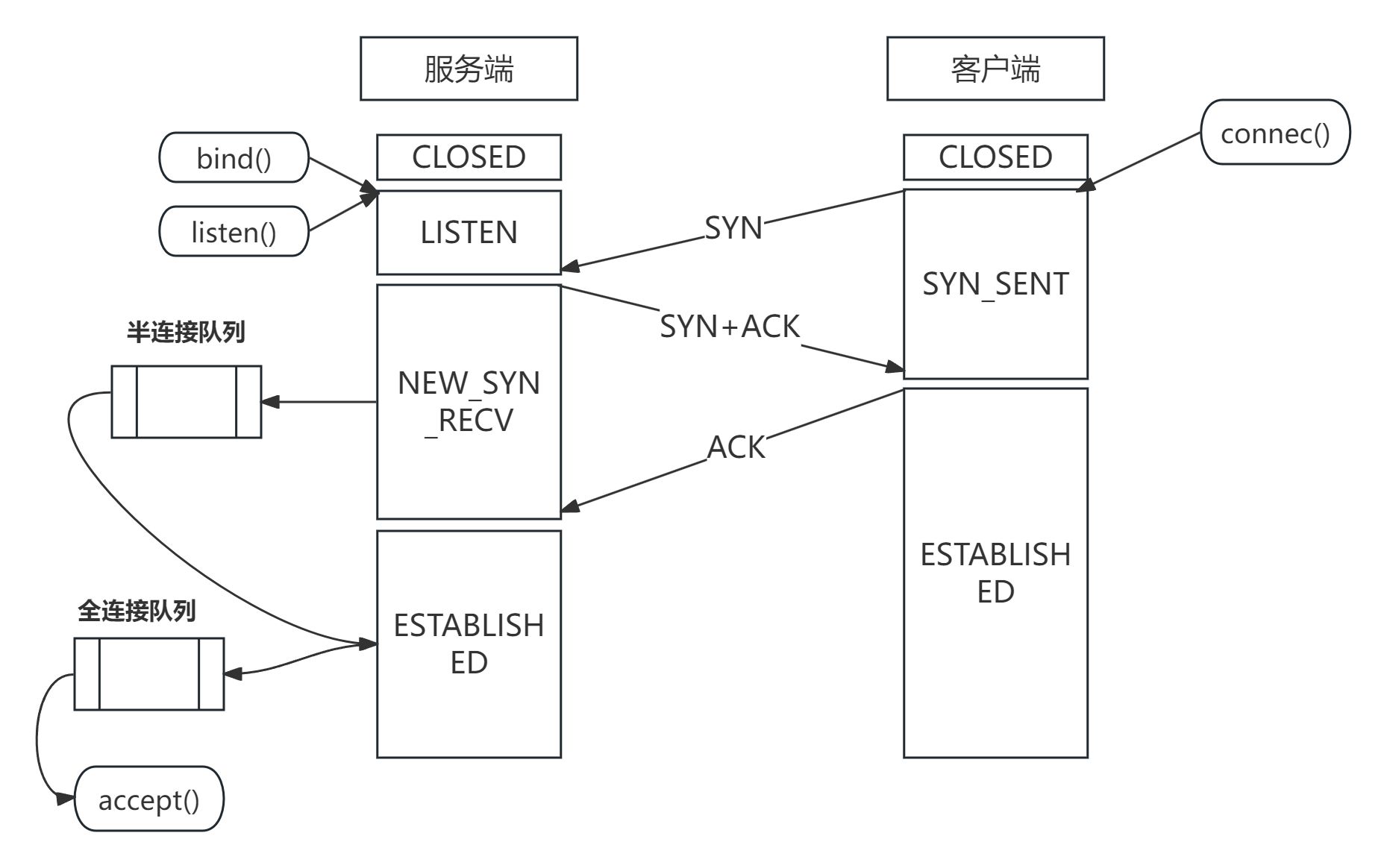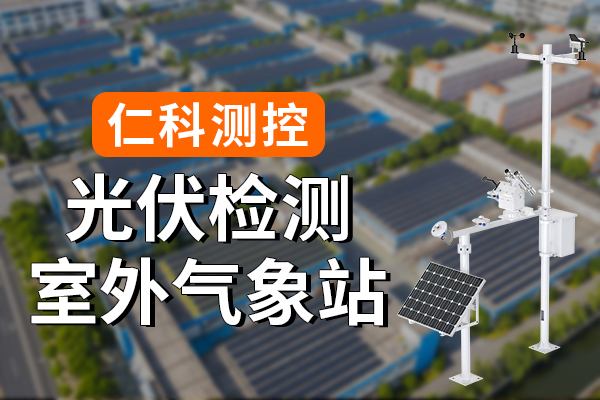加油,这一篇也是感受一下大语言模型的力量!
原文:
UrbanGPT: Spatio-Temporal Large Language Models
UrbanGPT: Spatio-Temporal Large Language Models (arxiv.org)
参考:
- 时空预测与大语言模型的奇妙碰撞!UrbanGPT: Spatio-Temporal Large Language Models_时空大语言模型-CSDN博客
- 首个智慧城市大模型UrbanGPT,全面开源开放|港大&百度 - 智源社区 (baai.ac.cn)
摘要
目标是创建一个时空语言大模型,可以在城市任务中进行很好的泛化。
1. Introduction
While current spatio-temporal neural network techniques have proven to be highly effective, it is crucial to acknowledge their strong dependence on having an abundance of labeled data in order to generate accurate predictions. However, the pervasive problem of data scarcity in practical urban sensing scenarios poses a significant challenge. For example, deploying sensors throughout the entire urban space to monitor citywide traffic volume or air quality is impractical due to the high cost involved [17, 41]. Moreover, the challenge of limited labeled data availability extends to spatiotemporal forecasting across different cities, in which acquiring labeled data for each target city becomes a daunting task [13, 38]. These issues emphasize the pressing need for novel solutions that address data scarcity and enhance the generalization capabilities of spatio-temporal models in various smart city applications.
这一段就讲述了目前的task或者说challenge:
1)稀缺标签数据和重新训练的巨大开销
2)LLMs和现有时空模型缺乏零样本场景下的泛化能力
3)如何将LLMs的出色推理能力扩展到时空预测场景

- (看来重点就在于零样本的处理)
1.2 贡献
- 首次尝试开发一种能够在不同数据集上预测各种城市现象的时空大语言模型
- 时空预测框架UrbanGPT,它使得大语言模型能够理解时空之间错综复杂的相互依赖关系
- UrbanGPT在零样本时空学习场景中具有出色的泛化能力。
2. Preliminaries
和related work 是一个意思,主要展示一些相关工作,如果有不懂的,可以看相关的内容。
- spatio-temporal data
- spatio-temporal forecasting
- spatio-temporal zero-shot learning
3. Methodology

3.1 Spatio-Temporal Dependency Encoder (时空依赖编码器)
时空编码器包括两个关键的部分:
- a gated dilated convolution layer (门控扩散卷积层)
- a multi-level correlation injection layer (多层次关联注入层)

Er:initial spatial-temporal embedding (初始化时空嵌入)(由原始数据经过一个线性层得到)
Er‘ :是Er的切片。
Wk,Wg:分别是两个一维的空洞卷积核(1-D dilated convoution kernels)
bk,bg:就是相应的bias(corresponding bias)
激活函数Sigmoid:用于控制多层卷积运算的信息保留程度。
通过编码后,就可以获得不同级别的时间依赖关系了,但是这些数据毕竟属于不同的颗粒度,或者说是不同的level。因此,还需要一个注意力相关的机制去处理一下。
多层次关联注入层:

Ws:卷积核
bs:bias
3.2 Spatio-Temporal Instruction-Tuning
时空数据-文本对齐:

这里有一点没有特别理解,
可以看一下博客中的内容:

- (应该是指引入了special tokens)
时空提示指令
- 就是prompt

时间信息包括一周的日期和时间等因素,而区域信息包括城市、行政区域和附近的兴趣点(POI)数据等
时空指令微调:
- 就是模型本身不直接生成结果,而是生成预测标记(类似像之前几篇论文一样去帮助后续计算的理解,可以理解为一种enhancement)

3.3 Model Optimization
loss计算:

- 这个就是简单的常用的回归中用的loss(好像就是交叉熵)
4. 实验
跨区域零样本预测:

跨城市零样本预测:

总体还可以,下面是消融实验,这块就直接跳过了。
5. 展望
但在未来的研究中仍然存在待解决的限制。作为第一步,我们积极收集更多种类的城市数据,以增强和完善UrbanGPT在更广泛的城市计算领域的能力。此外,理解UrbanGPT的决策过程也是重要的。虽然该模型表现出卓越的性能,但提供可解释性同样重要。未来的研究也将集中于赋予UrbanGPT模型解释其预测的能力。
- 就是可解释性的问题



















